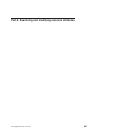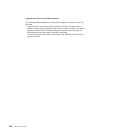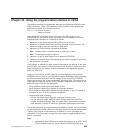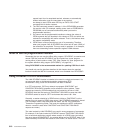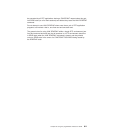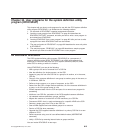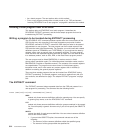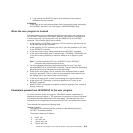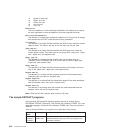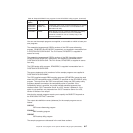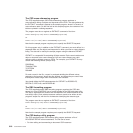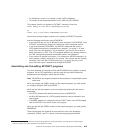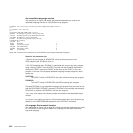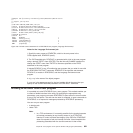
v As a batch program. The next section refers to this method.
v From a user program running either in batch mode or in a TSO environment.
“Invoking DFHCSDUP from a user program” on page 821 describes this method.
Invoking a user program from DFHCSDUP
This section refers to DFHCSDUP as a batch program. It describes the
DFHCSDUP EXTRACT command, and the three sample programs that can be
invoked during EXTRACT processing.
Writing a program to be invoked during EXTRACT processing
The DFHCSDUP LIST command produces reports about the current status of the
CSD file that vary only according to the input parameters you provide. Another
DFHCSDUP command, EXTRACT, causes the CSD data you select to be passed
unformatted to a user program. The user program can then create reports of the
CSD data that meet local requirements. For example, you could cross-refer related
definitions (such as TERMINALs and TYPETERMs), or you could sort the data by
attribute values, such as security keys or processing priorities. The user program
could also write the requested resource attributes to a data set to be used as input
to a database product, such as SQL, DB2, or the Data Extract program product.
The user progrm must be linked RMODE(24). It receives control in 24-bit
primary-space translation mode. (For information about translation modes, see the
IBM ESA/370 Principles of Operation manual.) The contents of the access registers
are unpredictable. The program must return control in 24-bit primary-space
translation mode, and it must restore any access registers that it modifies (in
addition to restoring the general purpose registers).
There are three sample programs that can be invoked from DFHCSDUP during
EXTRACT processing. The sample programs, and how to replace them with your
own versions, are described on page “The sample EXTRACT programs” on page
816.
The EXTRACT command
The EXTRACT command takes requested data from the CSD and passes it to a
user program for processing. The command has the following format:
GROUP
selects only those resource definitions within the named group. You can specify
a generic group name, as on the DFHCSDUP LIST command.
LIST
selects only those resource definitions within the groups contained in the named
list. You can specify a generic list name only if you do not specify the OBJECTS
option.
OBJECTS
returns the detail of each resource definition. You can extract resource definition
data at two levels of detail:
1. If you omit the OBJECTS option, the command extracts one of the
following:
v The names of all the resource definitions within the specified group
v The names of all the groups within the specified list.
EXTRACT {GROUP(name)|LIST(name)} USERPROGRAM(name) [OBJECTS]
814 Customization Guide




